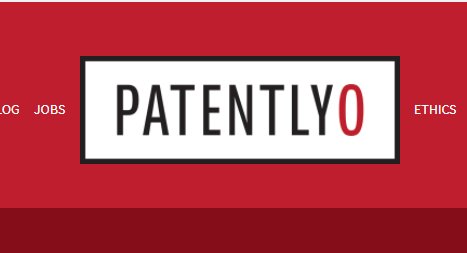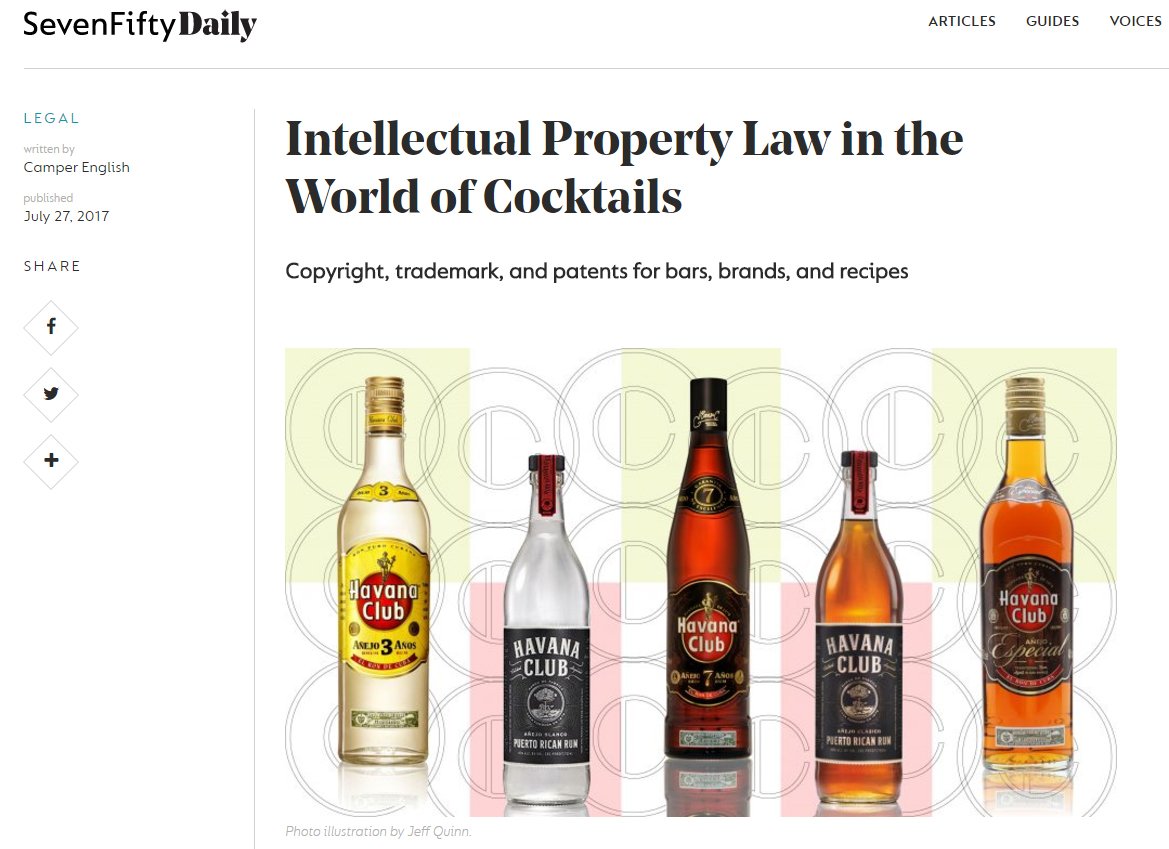 As readers of this site know, I figured out "directional freezing" – the process of making clear ice by controlling the direction in which water freezes – in 2009 and first posted it here on Alcademics.
As readers of this site know, I figured out "directional freezing" – the process of making clear ice by controlling the direction in which water freezes – in 2009 and first posted it here on Alcademics.
I had always assumed that I couldn't patent the process because it's something that happens naturally (like how ponds and lakes freeze), but perhaps could have patented a device for producing clear ice cubes had I been entrepreneurial enough. (As you know, many such devices now exist.)
Well, this question became an exam question from Jason Rantanen, Professor at the University of Iowa College of Law.
On this post on the website Patentlyo.com, he talked about the test as he proposed a hypothetical:
Camper English was the first person to discover that clear ice could be produced in a home freezer by freezing the ice in a directional manner. English published these findings on a weblog on December 28, 2009, a copy of which you were provided in Appendix A. English immediately filed a patent application that contained the following claim.
I claim:
- A method of producing ice comprising freezing water in a directional manner in a home freezer.
Analyze the patentability of the claim under current patent eligible subject matter law.
The rest of the test question involved the Wintersmith's clear ice maker. Keep reading the post for more info an an image from the patent application. It's pretty interesting.
Rantanen didn't provide the answer on the Patentlyo website, but he did give me permission to post a rough technical explanation of the answer, with the understanding that the below does not constitute legal advice:
The full answer involves application of an analytical framework that the U.S. Supreme Court articulated a few years ago in a case called Alice v. CLS Bank. Basically, you first ask whether the patent claim is "directed to" an unpatentable concept like a law of nature or physical phenomena. If it is, you then ask whether the patent claim adds an "inventive concept": basically, something that transforms the claim into something more than just a claim to natural law itself. A formalistic addition isn't enough: saying "I claim the process of risk-hedging, done on a computer" or limiting it to a particular technological field, such as ice-making, isn't enough.In this case, claiming the concept of directional freezing would fail the eligible subject matter requirement since it's a natural law or physical phenomena. Even limiting it to being done in a home freezer is very unlikely to be enough of an inventive concept. However, claiming a specific process for making clear ice could be sufficient. For example, a claim to "a method of producing clear ice by placing water in vessel that is insulated on every side except the top and placing that ice into a home freezer" would likely be enough to satisfy the patent eligible subject matter requirement. There's a neat recent case that my students would have been aware of called Rapid Litigation Management v. CellzDirect that involved a process of freezing and unfreezing liver cells. The Federal Circuit (the Federal appeals course that hears appeals in patent cases) held that that particular method did constitute patent eligible subject matter.The Wintersmith device on the other hand strikes me as a pretty clear application of natural principles. I doubt anyone would be able to mount a serious patent eligible subject matter challenge to that patent.All that said, there's still the issue of whether or not the invention is new. If someone else described the same process then the process wouldn't be patentable. But newness is a different issue that's governed by a different set of rules.
Got all that? Sure you do. Me too :)
In any case it's awesome that after all these years I got an answer for a lingering question about The Blog Post That Launched A Hundred Ice Cube Trays.
